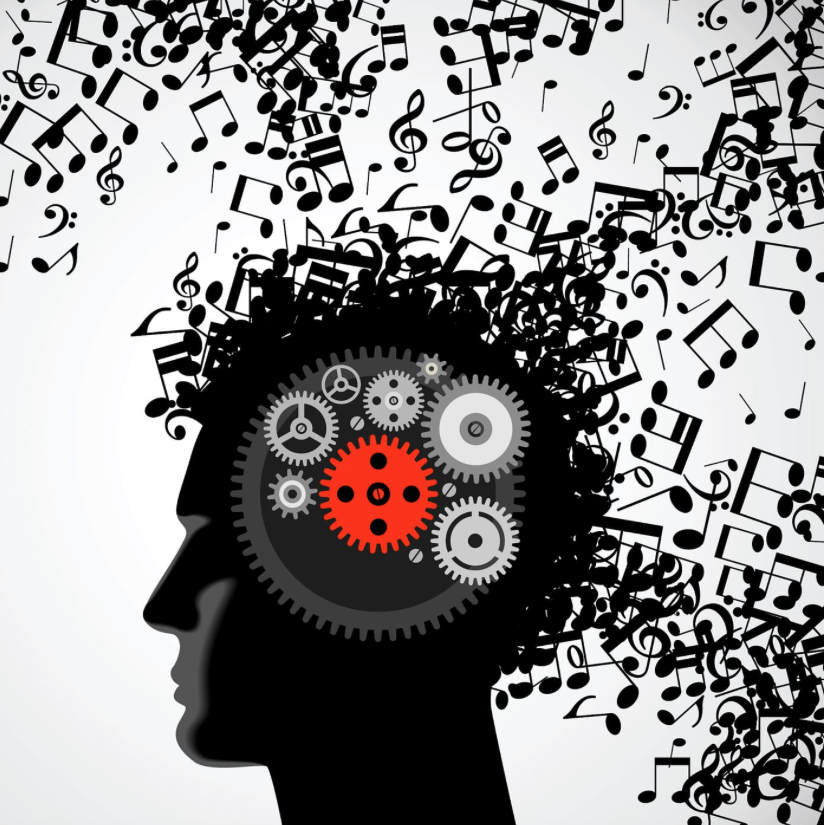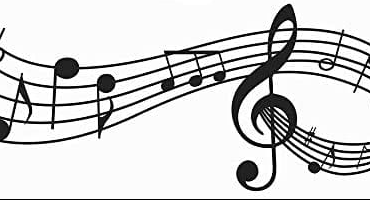Some music students choose to take lessons for more than one instrument at a time. When choosing to become a multi-instrumentalist, there are a few factors to consider.
Learning to play an instrument is more about becoming a musician than operating the instrument. Becoming a musician has to do with developing pitch recognition and memory, rhythm, harmony, harmonic progression, musical phrasing and dynamics, and on and on. These various aspects of musicality translate not just to your primary instrument, but to other instruments as well. Focusing on becoming a musician is the most essential thing a music student can do.
Operating an instrument well requires and a lot of time invested to develop the technical skills the instrument demands. Learning those skills on one instrument can help in learning other instruments, especially if you stay within an instrument family such as brass, strings, woodwinds or percussion. For example, in learning the violin, you will develop finger dexterity and skill with a bow that may help to learn to play the cello or viola quicker and easier.
Another factor for multi-instrumentalists is time. There is only so much time in the day to devote to music, and having to split your time between two or more instruments will diminish the time spent on each. It is common to have a primary instrument and then a secondary instrument. Focusing on your primary instrument and playing your secondary for fun in pockets of spare time is a good approach. But if your goals for your primary instrument are not being met then cutting down to one instrument may be necessary. If you are catching on to your primary instrument and have extra time to play other instruments then there are many instruments to choose from, the sky is the limit.
~Jason Theiste



